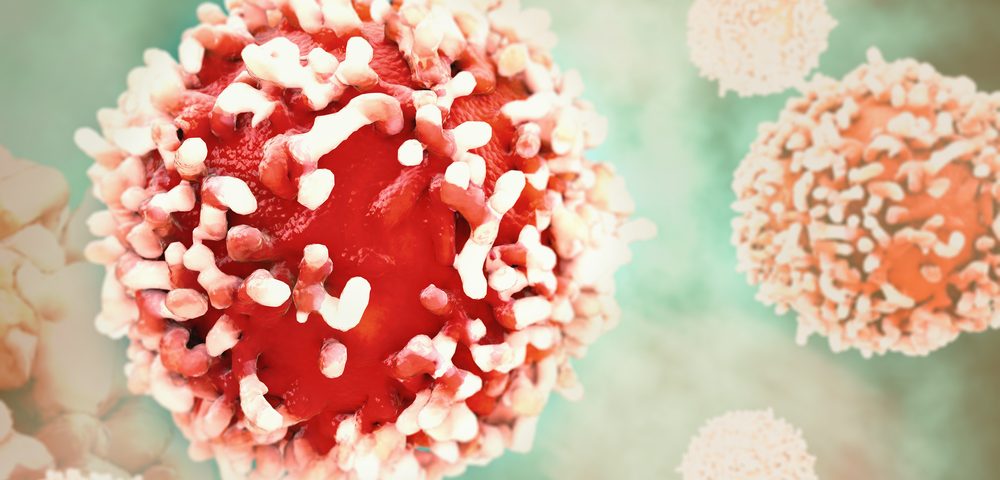At higher doses, an immunotherapy approach using chimeric antigen receptor (CAR) T-cells may help to treat advanced neuroblastoma, a rare cancer that mostly affects babies and young children, according to early results of a Phase 1 trial.
Findings were presented at the recent American Association for Cancer Research (AACR) Annual Meeting in Chicago, in the poster “A Cancer Research UK phase I trial of anti-GD2 chimeric antigen receptor (CAR) transduced T-cells (1RG-CART) in patients with relapsed or refractory neuroblastoma.”
In this first clinical study in patients (NCT02761915), researchers are investigating the safety and the potential of a chimeric antigen receptor (CAR)-T cell therapy targeting the disialoganglioside (GD2) protein to treat relapsed or refractory neuroblastoma. GD2 is a surface protein abundant on neuroblastoma cells but found at very low levels in healthy cells.
The trial, which runs at two sites in London through February 2023, is currently enrolling about 27 patients ages 1 and older. Information is available on here or on the study’s identification number, above.
CAR T-cell therapy consists of collecting a patient’s own T-cells, a type of lymphocyte or white blood cell, and modifying them in the lab to target a certain cancer protein — GD2 in this case. The cells are then expanded to high numbers, and returned to the patient’s bloodstream. Inside a patient, they continue to expand as they come in contact with the cancer’s antigen or protein.
The trial is testing the ability of ascending doses of a therapy called 1RG-CART — with or without a prior round of chemotherapy — to deplete white blood cells. Chemotherapy usually creates a more favorable environment for CAR T-cells to grow and become plentiful in a patient.
Twelve people with relapsed or refractory neuroblastoma — a cancer of the nerve cells — and measurable disease in bone (11 people), bone marrow (7), and/or soft tissue sites (9) were enrolled at the time of this analysis.
Nine had begun treatment. Four were given the lowest dose of 1RG-CART – 10 million per square meter — without any prior chemotherapy regimen (dose group 1), one given that dose preceded by a round of cyclophosphamide (dose group 2), and another that lowest dose after both cyclophosphamide plus fludarabine chemotherapy (dose group 3).
The remaining three treated patients received a higher dose of 1RG-CART — 100 million per square meter — preceded by cyclophosphamide plus fludarabine chemotherapy (dose group 4).
Preliminary results showed no signs of toxicity at any dose level. But a blood analysis also revealed a lack of efficacy in patients treated at the low dose level — with or without prior chemotherapy (dose groups 1 to 3). These patients were negative for CAR T-cells, meaning they had no clinical response.
At the high-dose level with chemotherapy, group 4, all three patients showed signs of 1RG-CART cell expansion. But this response was limited and transient in two patients, who continued to show signs of disease progression.
One person in this group showed a marked increase in 1RG-CART cells and evidence of tumor cell death at 21 days post-treatment. At day 28, evidence pointed to a near complete absence of the cancer in the bone marrow, which was heavily infiltrated with neuroblastoma in an earlier analysis.
But disease progression was again seen 45 days after treatment, with no further signs of 1RG-CART cells in the patient’s blood. Since there were no dose-limiting toxicities with the previous doses, researchers will now continue to test only the therapy’s higher dose — 1,000 million cells per square meter.
These preliminary results appear to support a targeted activity of 1RG-CART cells toward the bone and bone marrow of patients with relapsed or refractory neuroblastoma, the researchers wrote.
“Further 1RG-CART dose escalation is warranted, and under way,” they concluded.


